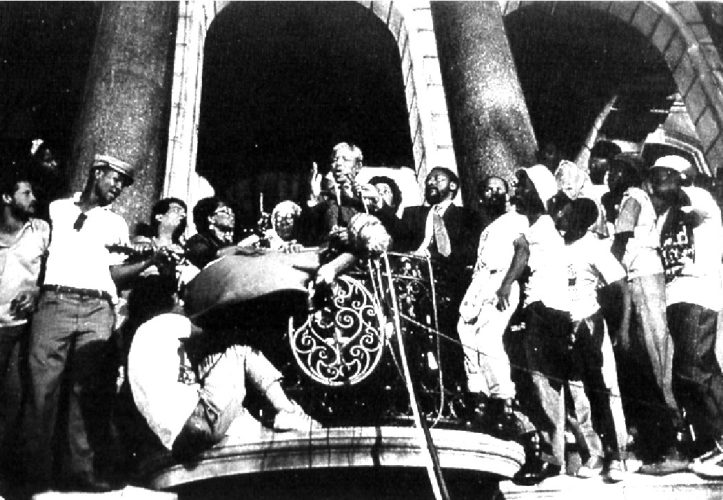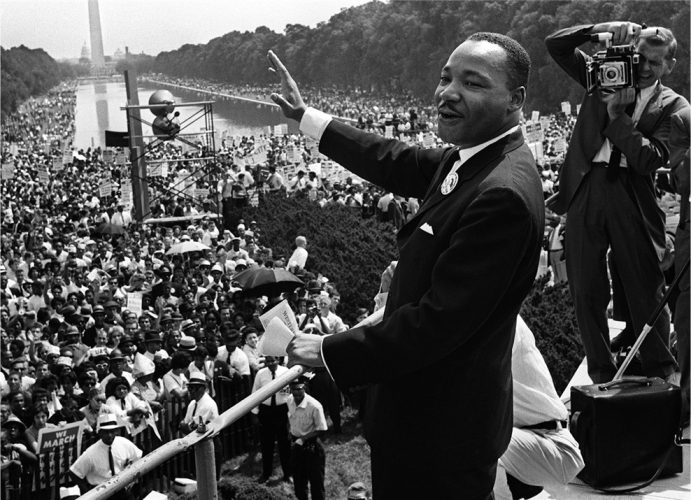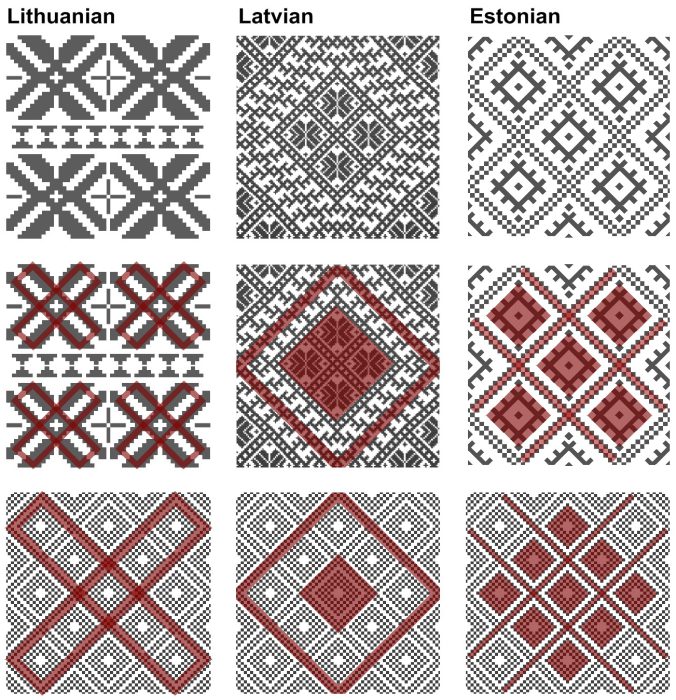BALTIC WAY MEMORIAL
For more than one hundred years, the Baltic nations have been subjected to control from abroad or been occupied by foreign forces. The „Baltic Way“ protest in 1989 was one of the most significant political events in the history of these Nations. Their collective solidarity, steely determination and strong belief have enabled them to set their own course. The Baltic States gained their independence just one year later. ln general, practitioners of massive nonviolent protests all over the world wield tremendous power in a non-destructive peaceful and steadfast manner. The objective of the „Baltic Way“ memorial concept is to implement the political content, the traditional components, and to articulate these in a clear architectural form.



POLITICAL SENSE OF BALCONIES
Balconies qualify as ambiguous design elements in the architectural speak and fulfil different purposes which are achieved by incorporating different senses to varying degrees. They function as physical regulators between the interior and the exterior, and also link public with private realms. As a result, balconies take on a political aspect. For example, they play a micro-political role in our daily life. People present themselves from balconies while sending subtle visual messages to the public. They allow neighbours to communicate with each other. As a rule, balconies are also used as a macro-political stage. They are used to incite the population, launch revolutions and to proclaim republics. While tower with Ioggia create a clear frame for symbolic statements, it is the visitors who become a feature of symbolism. Every one that ventures to the viewing platform becomes an actor on the stage, on which the independence of the Baltic States can be proclaimed symbolically over the roofs of Riga.


DERIVATION OF THE ORNAMENTAL DESIGN
Although the small, yet proud Baltic nations are geographically bundled and were subject to common historical parallels, they are still independent cultures that maintain their own traditions. Linguistically speaking, Latvian and Lithuanian are members of the lndo -European family, while Estonian belongs to completely different Uralic languages. Politically, the Latvians and the Estonians are much more related to each other. 8oth were governed by Baltic German elite for more than 700 years. Lithuania has gone its own way and even formed a Commonwealth with Poland at one point.
There are few intersections in national textile, metal, pottery and wood works. The national ornamental patterns speak different languages, but use the same vocabulary with uniform 45°, 90°, 135° directional line breaks. The basic characteristics of Baltic ornamental design are its abstract and geometric forms. All three Baltic nations operate with a similar use of graphic alphabet in various combinations and exercise their own typical manuscript.
During peaceful demonstrations in 1989, the Baltic nations spoke with one voice and in one common language. The people united in their demand for sovereignty and freedom. The unity of the three nations is highlighted in a newly designed ornament that contains three Baltic national patterns reduced to their prime elements and then mixed up to create a common Iayout which uses squares as basic constructive elements and connects them to create rectangular rhombs, crossroads and checkered pattern texture. The reproduction of the perforated ornamental segments creates a screen with a sense of national identity. The walls outside the ornamental screen appear as discrete, shining white elements, while the interior is intensified through the dark Latvian red to enhance the visual perception.
